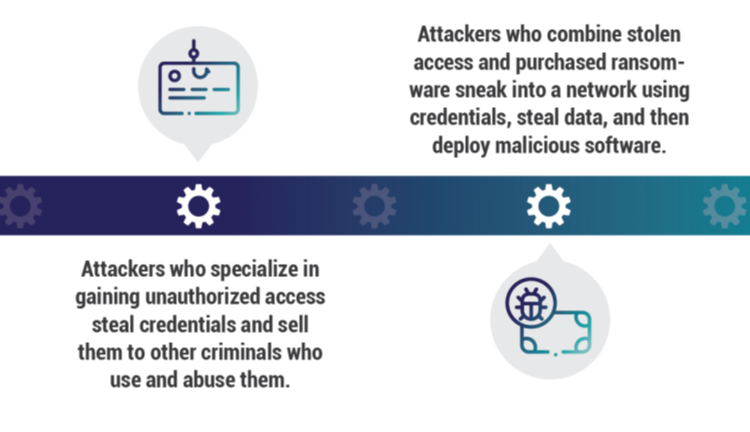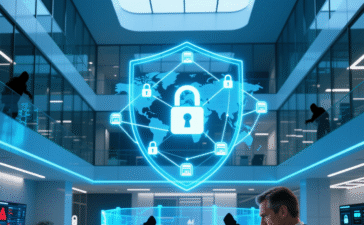How to Protect Yourself from Ransomware Attacks: Essential Practices for Cybersecurity
As technology continues to advance, so must our approaches to cybersecurity. One area of growing concern is ransomware, a form of malware that holds data hostage until a ransom is paid. This type of cyber attack is increasingly common and can be devastating, with recent estimates suggesting a ransomware attack occurs every 11 seconds, causing nearly $20 billion in damages.
To safeguard your data and protect against ransomware, implementing a robust defense strategy is crucial. Here’s a comprehensive guide to understanding ransomware and the best practices to prevent and respond to such threats.
What is Ransomware?
Ransomware is malicious software that encrypts files on a victim’s computer or network, rendering them inaccessible until a ransom is paid. This type of malware can be particularly harmful to businesses, hospitals, schools, and other organizations that rely heavily on their data.
Common Infection Methods:
- Phishing emails
- Corrupted websites (drive-by downloads)
- Infected file attachments
- System and network vulnerabilities
- Remote Desktop Protocol (RDP) attacks
Types of Ransomware
Ransomware can be categorized into several types, each with different methods of attack:
- Encryption Ransomware: Encrypts files and demands a decryption key.
- Locker Ransomware: Locks the entire system, rendering it unusable.
- Scareware: Uses deceptive pop-ups to trick users into paying for fake software.
- Doxware/Leakware: Threatens to expose personal or sensitive information unless the ransom is paid.
Top 10 Ransomware Prevention Practices
- Backup Your Data
- 3-2-1 Rule: Maintain three copies of your data on two different storage types, with one copy offline. For added protection, consider immutable cloud storage.
- Keep Systems and Software Updated
- Regularly update your operating system, antivirus software, and other applications to protect against vulnerabilities exploited by ransomware.
- Install Antivirus Software and Firewalls
- Use comprehensive antivirus and anti-malware solutions to detect and respond to threats. Configure firewalls to block suspicious data packets.
- Network Segmentation
- Divide your network into smaller, isolated segments to contain and limit the spread of ransomware if an infection occurs.
- Email Protection
- Implement strict email security practices:
- Avoid opening attachments or clicking links from unknown senders.
- Use SPF, DKIM, and DMARC for email authentication.
- Keep email clients updated.
- Application Whitelisting
- Restrict which applications can run on your network by using whitelisting software to block unauthorized programs and websites.
- Endpoint Security
- Deploy endpoint protection platforms (EPP) and endpoint detection and response (EDR) solutions to secure all network devices and respond to immediate threats.
- Limit User Access Privileges
- Follow the principle of least privilege by restricting user access to only the data and systems necessary for their roles. Implement role-based access control (RBAC) and use multi-factor authentication (MFA).
- Run Regular Security Testing
- Conduct frequent security assessments and tests, including sandbox testing, to identify and address new vulnerabilities.
- Security Awareness Training
- Educate employees about cybersecurity best practices, such as safe web browsing, strong password creation, and recognizing phishing attempts.
What to Do After a Ransomware Attack
- Do Not Pay the Ransom
- Paying the ransom does not guarantee data recovery and may encourage further attacks. Explore free decryption tools available for some ransomware types.
- Isolate Infected Systems
- Disconnect affected devices from the network to prevent further spread of the ransomware.
- Identify the Source
- Determine how the ransomware entered your system to address vulnerabilities and improve future defenses.
- Report the Attack
- Inform law enforcement and cybersecurity agencies. They may provide additional support and tools for recovery.
Conclusion
Proactive measures and comprehensive security practices are essential to defend against ransomware threats. By following these best practices and staying vigilant, individuals and organizations can better protect their data and minimize the risk of ransomware attacks. Always remember, good cybersecurity is an ongoing process that requires constant attention and adaptation.





